Brandeis Series on Gender, Culture, Religion, and Law
This book series is under the editorship of Lisa Fishbayn Joffe and Sylvia Neil.
The mandate for the series is to provide an avenue for publication of work that furthers our mission to foster dialogue about conflicts between women's claims to gender equality and practices justified in terms of religious and cultural tradition. This includes research on the rights of women in Jewish law, both in Israel and the Diaspora, and comparative work that considers women's rights under religious law from an interdisciplinary and cross-cultural perspective.
Criteria for Selection
-
Developing new approaches to the place of gender in the political theory of multiculturalism.
-
Developing new theoretical tools for conceptualizing feminist projects for transforming the interpretation and justification of religious law.
-
Engaging in analysis of conflicts over gender and culture/religion in a particular religious tradition, cultural community or nation with a depth and complexity not seen in previous work.
-
Working with case studies that compare challenges and innovations in different legal, cultural or religious regimes.
-
Working on a single regime or set of legal regimes, but constituting a contribution to a dialogue with other works previously published or contemplated for inclusion in the series. This would entail, for example, works that address similar questions or take similar approaches to gender and religious law challenges in Jewish law and Muslim law published sequentially so that they “speak” to each other.
We welcome letters of inquiry regarding manuscripts that might be suitable for the Brandeis Series on Gender, Culture, Religion and Law. Please contact the editors at fishbaynjoffe@brandeis.edu.
Newest Publications

On the cover, Israeli artist Andi Arnovitz's "Coat of the Agunot" (2010), a composition of hundreds of shredded marriage certificates.
Noa Shashar (2024)
This book tells the family stories of men and women who lived hundreds of years ago. Focusing on agunot, literally “chained women,” who were often considered a marginal group, it sheds light on Jewish family life in the early modern era and on the activity of poskim (rabbis who gave Jewish legal rulings, hereafter called “decisors”), who dealt with agunot. The sources show that iggun was probably quite common in this period. Who were the women in this situation, and who were the men who caused it? How did Jewish society deal with the danger of a woman’s becoming an agunah? What kind of reality was imposed on women who found themselves agunot, and what could they do to extricate themselves from their plight? How did decisors—the rabbinic experts with the authority to free agunot—discharge their task during this period, and what were the outcomes of the fact that the agunot were dependent on the male rabbinic establishment? The present study has a twofold aim: to fill a void in the scholarship on agunot by describing the lives of agunot and of the men who brought this about. The second is to reexamine the halakhic activity concerning the freeing of agunot in this period, and to propose a new assessment of the attitude that decisors displayed toward the freeing of agunot. These issues, which previously have been met with only slight scholarly attention, merit extensive investigation.
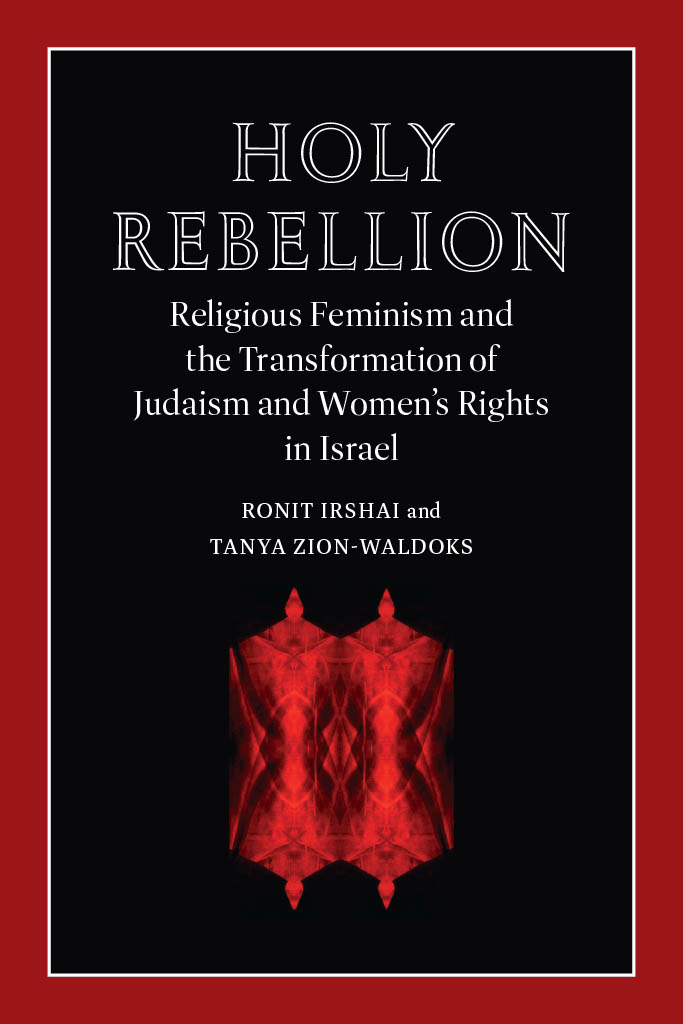
Ronit Irshai and Tanya Zion-Waldoks (2024)
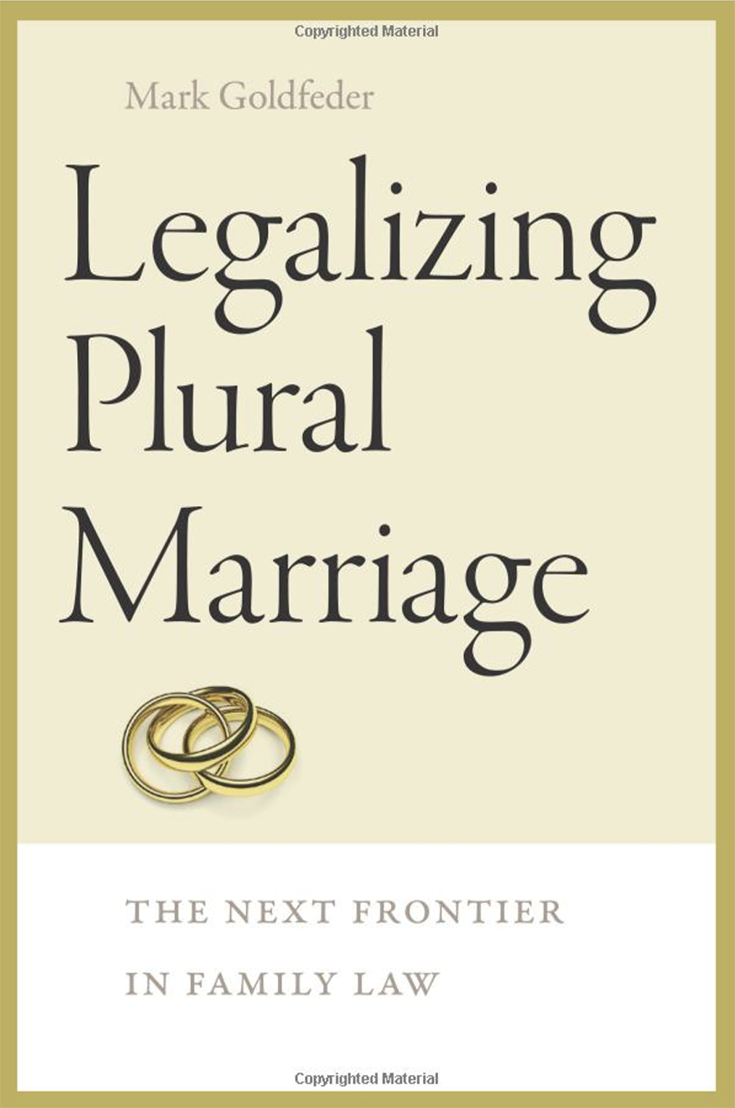
Mark Goldfeder (2017)
Polygamous marriages are currently recognized in nearly fifty countries worldwide. Although polygamy is technically illegal in the United States, it is practiced by members of some religious communities and a growing number of other “poly” groups. In the radically changing and increasingly multicultural world in which we live, the time has come to define polygamous marriage and address its legal feasibilities. Although Mark Goldfeder does not argue the right or wrong of plural marriage, he maintains that polygamy is the next step—after same-sex marriage—in the development of U.S. family law. Providing a road map to show how such legalization could be handled, he explores the legislative and administrative arguments which demonstrate that plural marriage is not as farfetched—or as far off—as we might think. Goldfeder argues not only that polygamy is in keeping with the legislative values and freedoms of the United States, but also that it would not be difficult to manage or administrate within our current legal system. His legal analysis is enriched throughout with examples of plural marriage in diverse cultural and historical contexts. Tackling the issue of polygamy in the United States from a legal perspective, this book will engage anyone interested in constitutional law, family law, or criminal law, along with sociologists and those who study gender and culture in modern times.
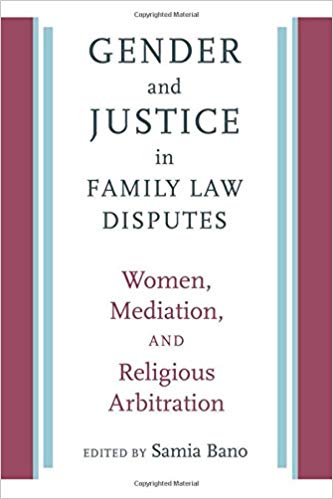
Edited by Samio Bano (2017)
Recently, new methods of dispute resolution in matters of family law—such as arbitration, mediation, and conciliation—have created new forms of legal culture that affect minority communities throughout the world. There are now multiple ways of obtaining restitution through nontraditional alternative dispute resolution (ADR) mechanisms. For some, the emergence of ADRs can be understood as part of a broader liberal response to the challenges presented by the settlement of migrant communities in Western liberal democracies. Questions of rights are framed as “multicultural challenges” that give rise to important issues relating to power, authority, agency, and choice. Underpinning these debates are questions about the doctrine and practice of secularism, citizenship, belonging, and identity. Gender and Justice in Family Law Disputes offers insights into how women’s autonomy and personal decision-making capabilities are expressed via multiple formal and nonformal dispute-resolution mechanisms, and as part of their social and legal lived realities. It analyzes the specific ways in which both mediation and religious arbitration take shape in contemporary and comparative family law across jurisdictions. Demarcating lines between contemporary family mediation and new forms of religious arbitration, Bano illuminates the complexities of these processes across multiple national contexts.
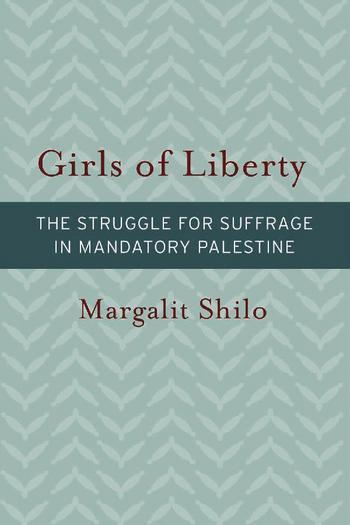
Margalit Shilo (2016)
Following the Balfour Declaration and the British conquest of Palestine (1917–1918), the small Jewish community that lived there wanted to establish an elected assembly as its representative body. The issue that hindered this aim was whether women would be part of it. A group of feminist Zionist women from all over the country created a political party that participated in the elections, even before women’s suffrage was enacted. This unique phenomenon in Mandatory Palestine resulted in the declaration of women’s equal rights in all aspects of life by the newly founded Assembly of Representatives. Margalit Shilo examines the story of these activists to elaborate on a wide range of issues, including the Zionist roots of feminism and nationalism; the ultra-Orthodox Jewish sector’s negation of women’s equality; how traditional Jewish concepts of women fashioned rabbinical attitudes on the question of women’s suffrage; and how the fight for women’s suffrage spread throughout the country. Using current gender theories, Shilo compares the Zionist suffrage struggle to contemporaneous struggles across the globe, and connects this nearly forgotten episode, absent from Israeli historiography, with the present situation of Israeli women. This rich analysis of women’s right to vote within this specific setting will appeal to scholars and students of Israel studies, and to feminist and social historians interested in how contexts change the ways in which activism is perceived and occurs.
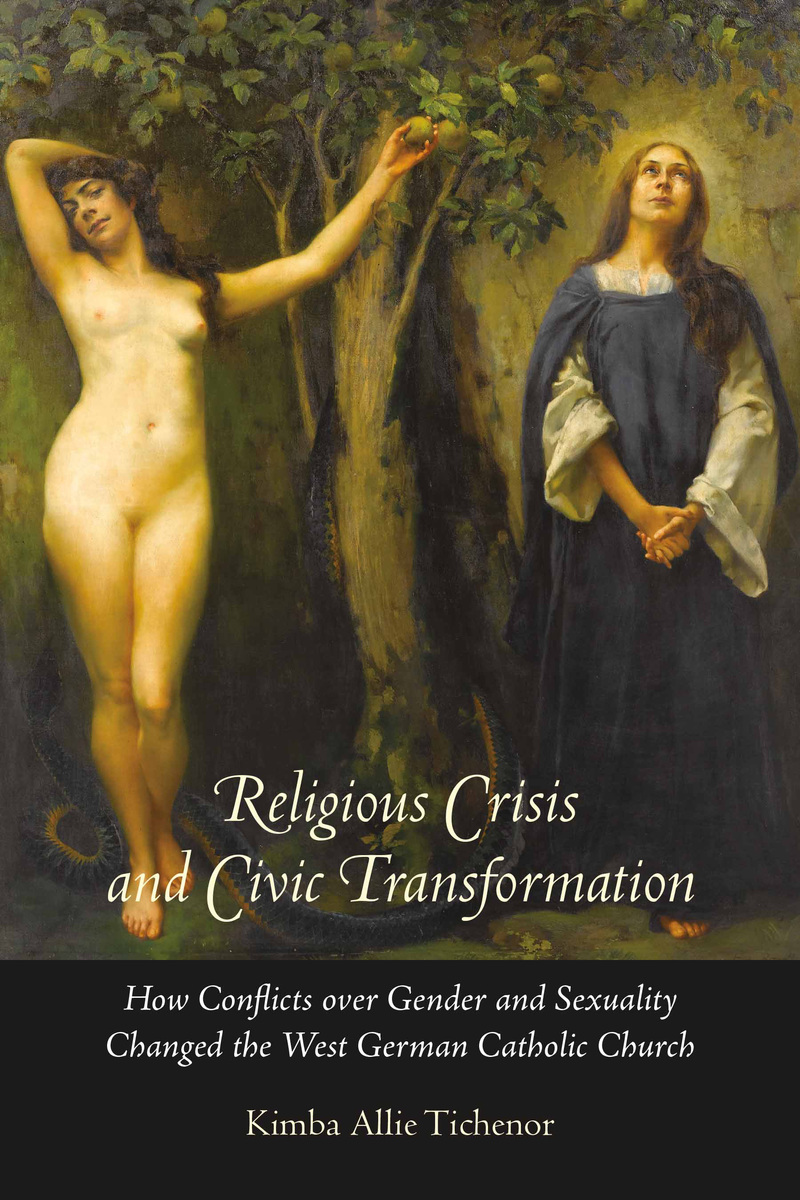
Kimba Allie Tichenor (2016)
This book offers a fresh interpretation of the connection between the West German Catholic Church and post-1950s political debates on women’s reproductive rights and the protection of life in West Germany. According to Tichenor, Catholic women in West Germany, influenced by the culture of consumption, the sexual revolution, Vatican II reforms, and feminism, sought to renegotiate their relationship with the Church. They demanded a more active role in Church ministries and challenged the Church’s hierarchical and gendered view of marriage and condemnation of artificial contraception. When the Church refused to compromise, women left en masse. In response, the Church slowly stitched together a new identity for a postsecular age, employing an elaborate nuptial symbolism to justify its stance on celibacy, women’s ordination, artificial contraception, abortion, and reproductive technologies. Additionally, the Church returned to a radical interventionist agenda that embraced issue-specific alliances with political parties other than the Christian parties. In her conclusion, Tichenor notes more recent setbacks to the German Catholic Church, including disappointment with the reactionary German Pope Benedict XVI and his failure in 2010 to address over 250 allegations of sexual abuse at twenty-two of Germany’s twenty-seven dioceses. How the Church will renew itself in the twenty-first century remains unclear. This closely observed case study, which bridges religious, political, legal, and women’s history, will interest scholars and students of twentieth-century European religious history, modern Germany, and the intersection of Catholic Church practice and women’s issues.

Lisa Fishbayn Joffe and Sylvia Neil eds. (2012)
In many regions of the world, rights guaranteed under the civil law, including rights to gender equality within marriage and rights in the distribution of family property and child custody upon divorce, are in conflict with the principles of religious law. Women’s rights issues are often at the heart of these tensions, which present pressing challenges for theorists, lawyers, and policymakers. This anthology brings together leading scholars and activists doing innovative work in Jewish law, Muslim law, Christian law, and African customary law. Using examples drawn from a variety of nations and religions, they interrogate the utility of recent theoretical models for engaging with gender and multicultural conflicts, explore contextual differences, and analyze and celebrate stories of successful initiatives that have transformed legal and cultural norms to improve women’s lives.
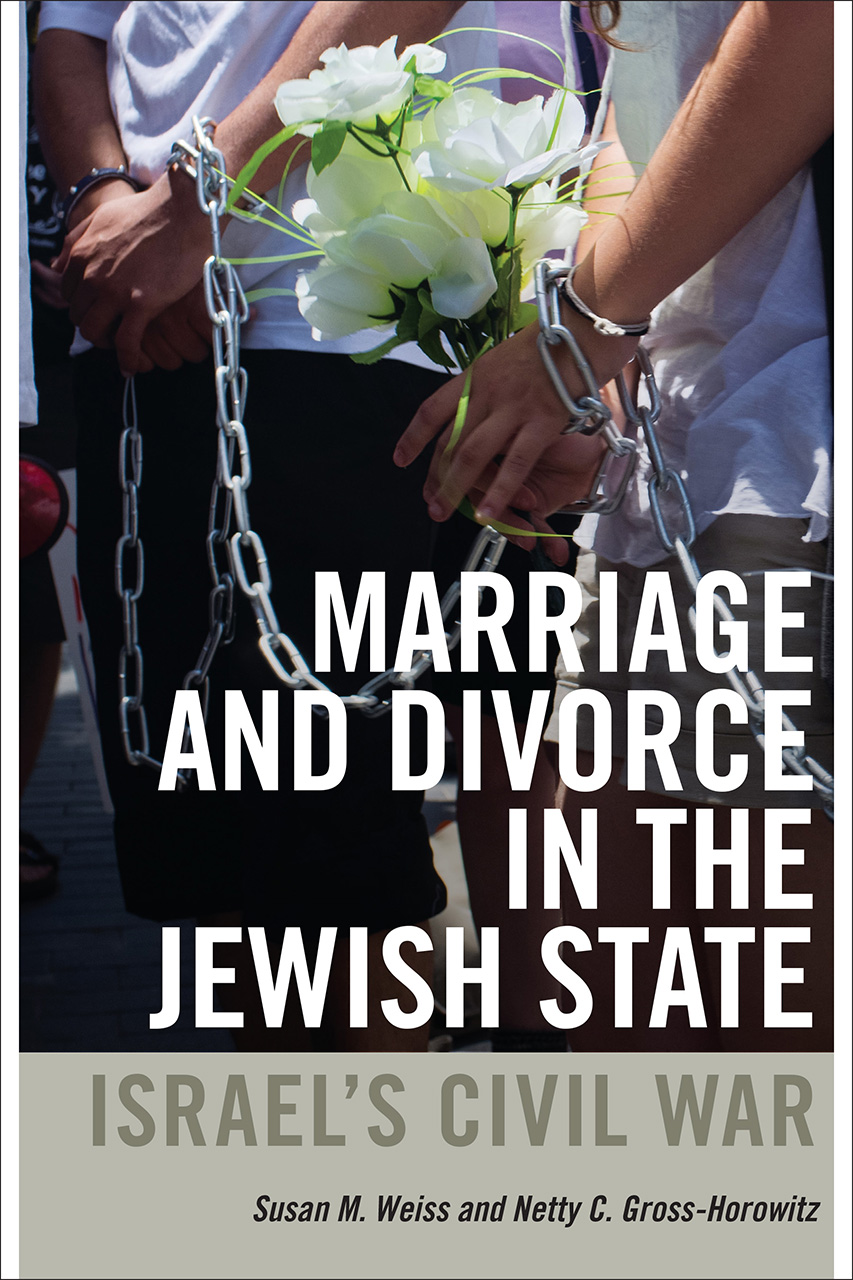
Susan Weiss and Netty Gross. (2012)
Israel currently has two recognized systems of law operating side by side: civil and religious. Israeli religious courts possess the exclusive right to conduct and terminate marriages. There is no civil marriage or divorce in Israel, irrespective of one’s religious inclinations. All Muslims must marry and divorce in accordance with shariya laws, all Catholics in accordance with canon law, and all Jews in accordance with Torah law (halakha). The interpretation and implementation of Torah law is in the hands of the Orthodox religious establishment, the only stream of Judaism that enjoys legal recognition in Israel. The rabbinic courts strenuously oppose any changes to this so-called status quo arrangement between religious and secular authorities. In fact, religious courts in Israel are currently pressing for expanded jurisdiction beyond personal status, stressing their importance to Israel’s growing religious community. This book shows how religious courts, based on centuries-old patriarchal law, undermine the full civil and human rights of Jewish women in Israel. Making a broad argument for civil marriage and divorce in Israel, the authors also emphasize that religious marriages and divorces, when they do occur, must benefit from legislation that makes divorce easier to obtain. Making this issue their focal point, they speak to a larger question: Is Israel a democracy or a theocracy?
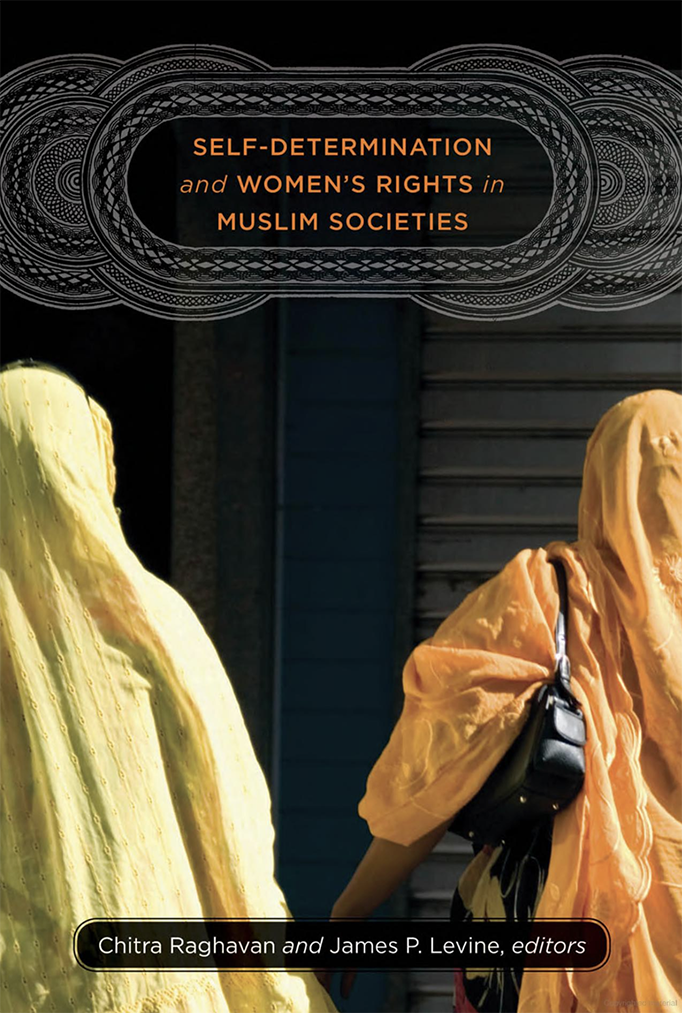
Chitra Raghavan, ed.; James P. Levine, ed.; Jeremy Travis, fwd., (2012)
Contradicting the views commonly held by westerners, many Muslim countries in fact engage in a wide spectrum of reform, with the status of women as a central dimension. This anthology counters the myth that Islam and feminism are always or necessarily in opposition. A multidisciplinary group of scholars examine ideology, practice, and reform efforts in the areas of marriage, divorce, abortion, violence against women, inheritance, and female circumcision across the Islamic world, illuminating how religious and cultural prescriptions interact with legal norms, affecting change in sometimes surprising ways.
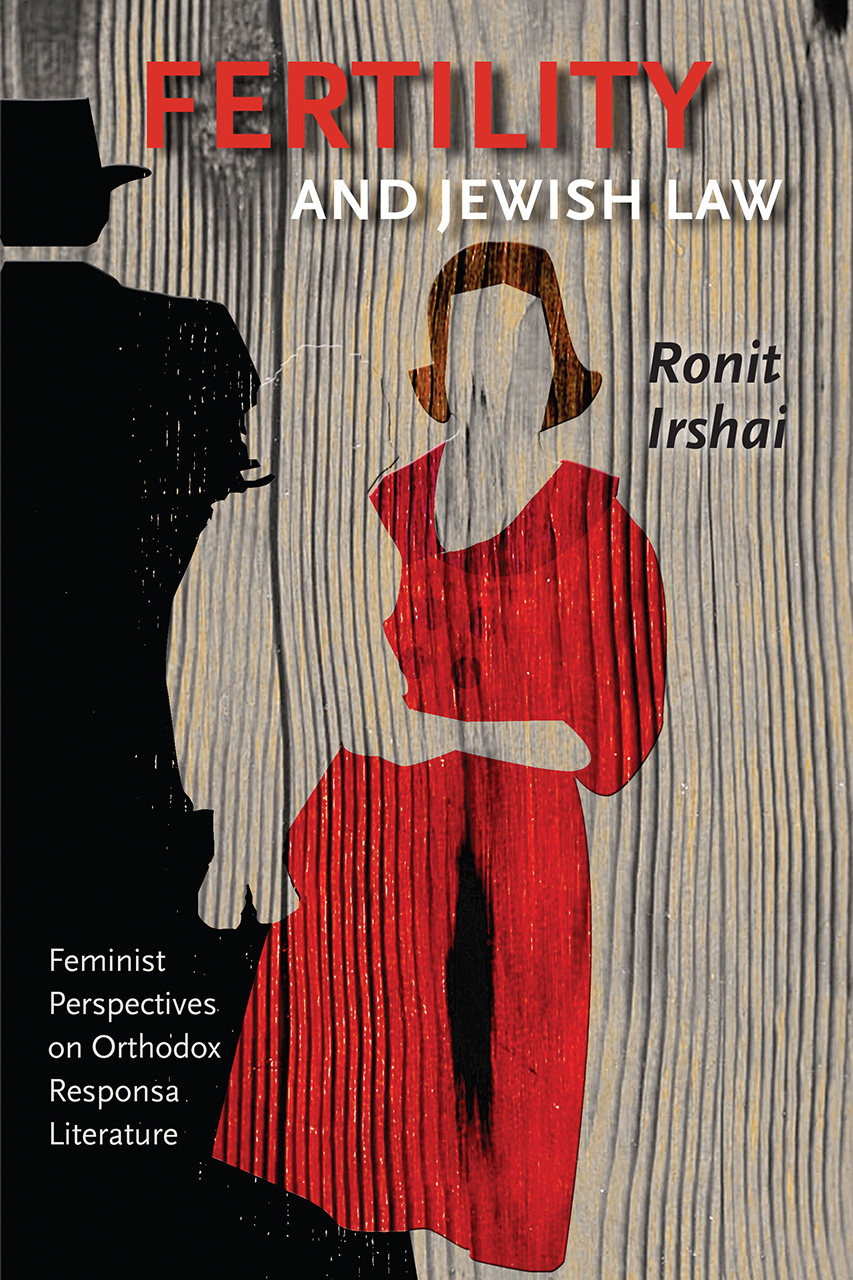
Ronit Irshai, Bar-Ilan University, (2012)
This book presents, from the perspective of feminist jurisprudence and feminist and liberal bioethics, a complete study of Jewish law (halakhah) on contemporary reproductive issues such as birth control, abortion, and assisted fertility. Irshai examines these issues to probe gender-based values that underlie the interpretations and determinations reached by modern practitioners of halakhah. Her primary goal is to tell, through common halakhic tools, a different halakhic story, one that takes account of the female narrative and its missing perspective.
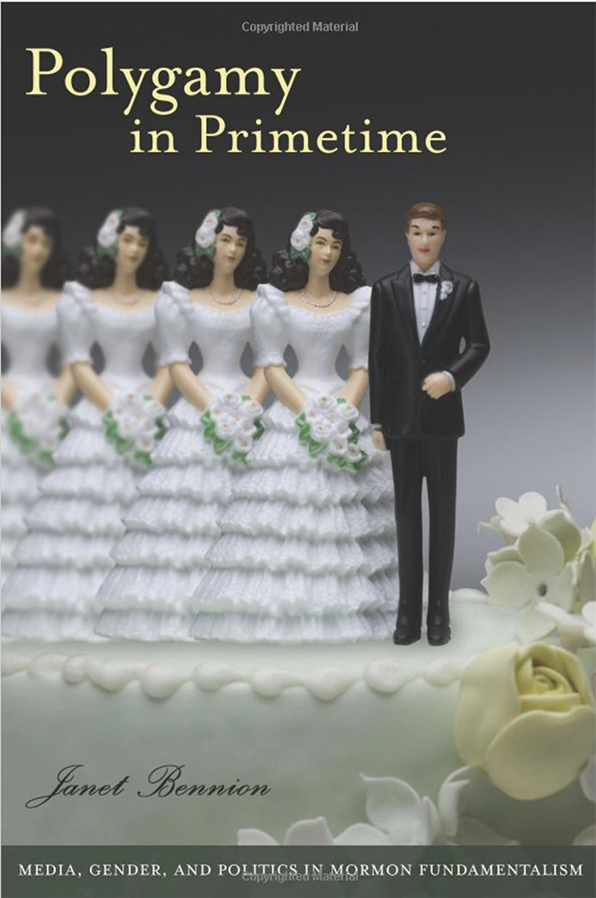
Janet Bennion, (May 2012)
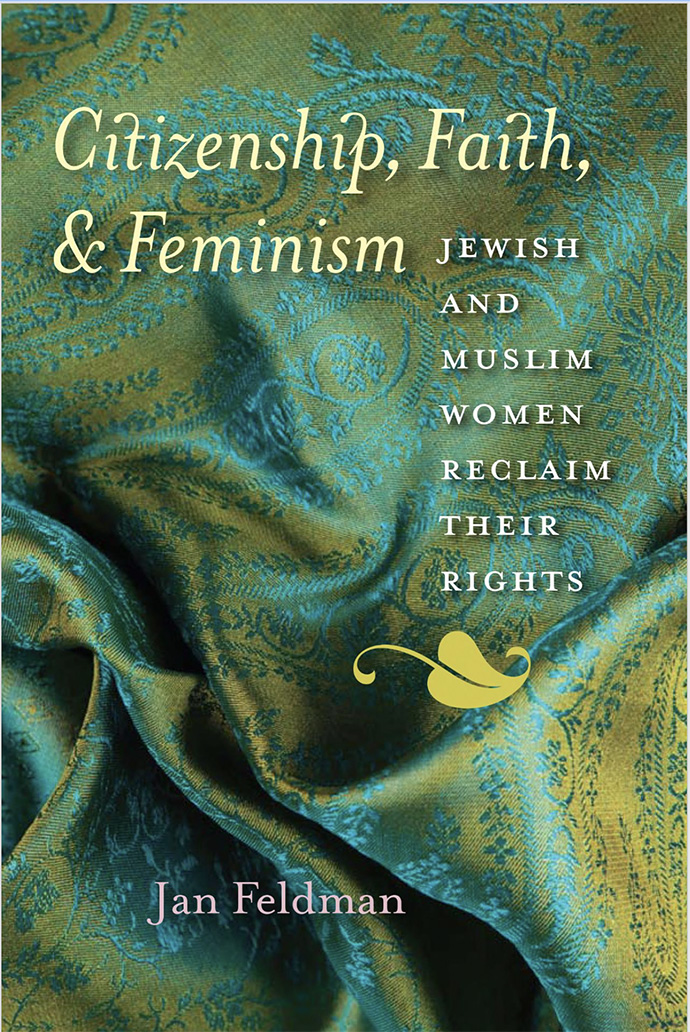
Jan Feldman, (2011)
Religious women in liberal democracies are “dual citizens” because of their contrasting status as members of both a civic community (in which their gender has no impact on their constitutional guarantee of equal rights) and a traditional religious community (which distributes roles and power based on gender). This book shows how these “dual citizens”—Orthodox Jewish women in Israel, Muslim women in Kuwait, and women of both those faiths in the U.S.—have increasingly deployed their civic citizenship rights in attempts to reform and not destroy their religions. For them, neither “exit” nor acquiescence to traditional religious gender norms is an option. Instead, they use the narrative of civic citizenship combined with a more authentic, if alternative reading of their faith tradition to improve their status.